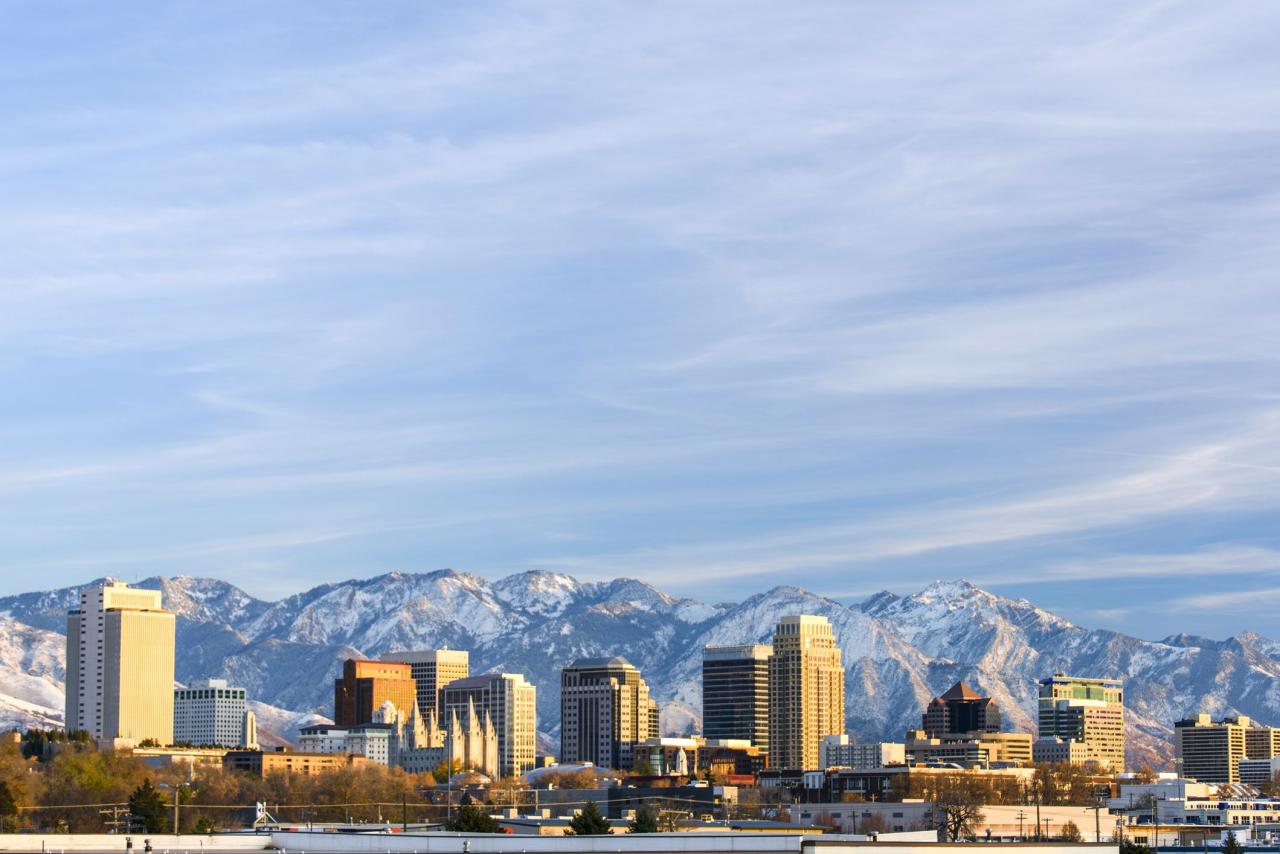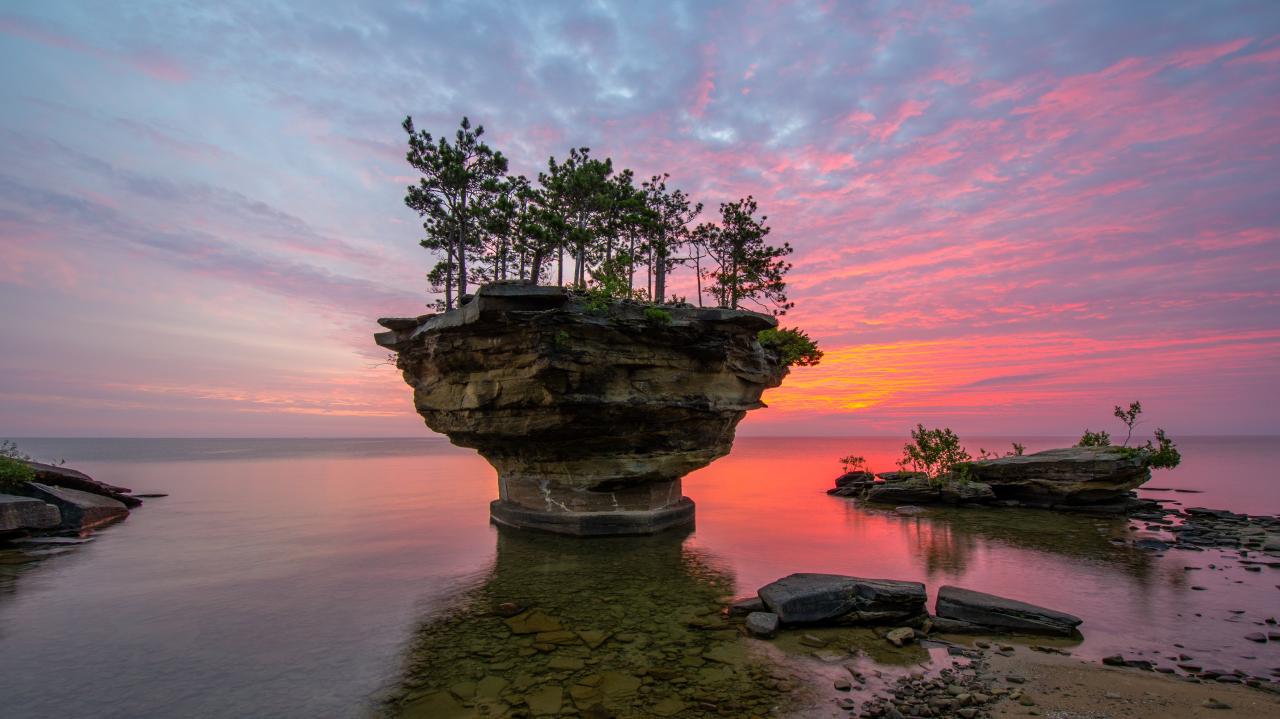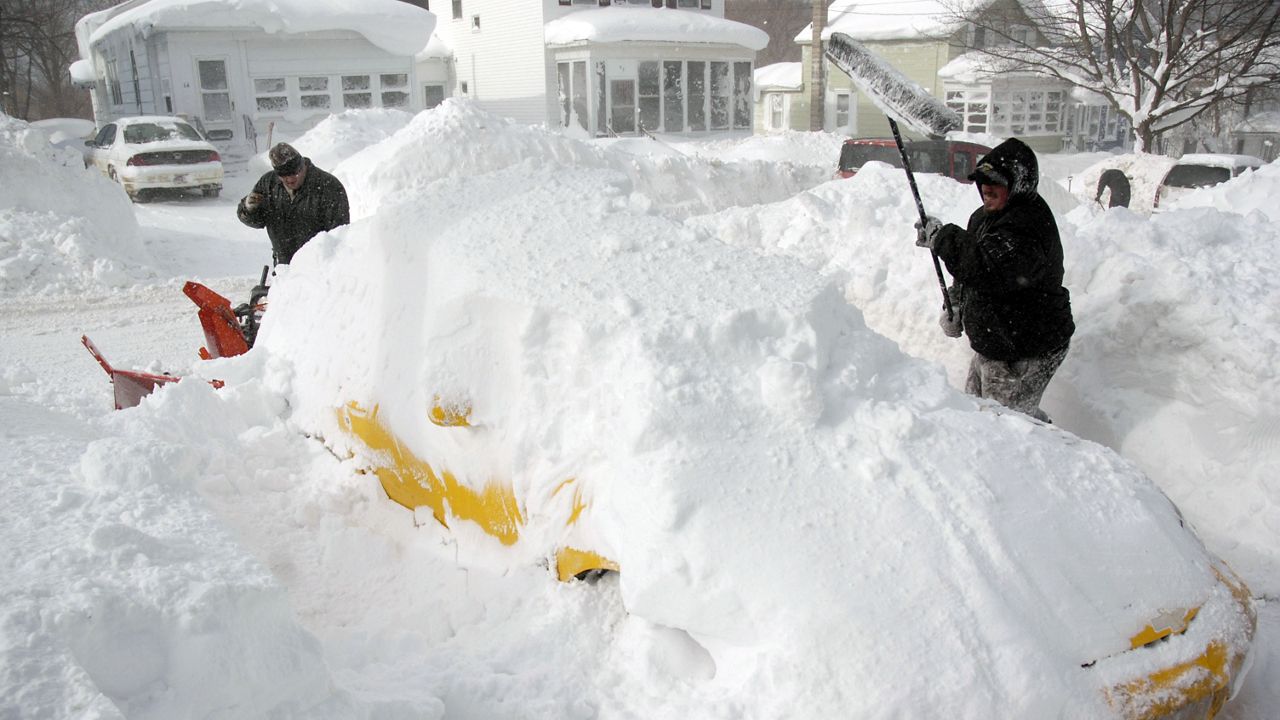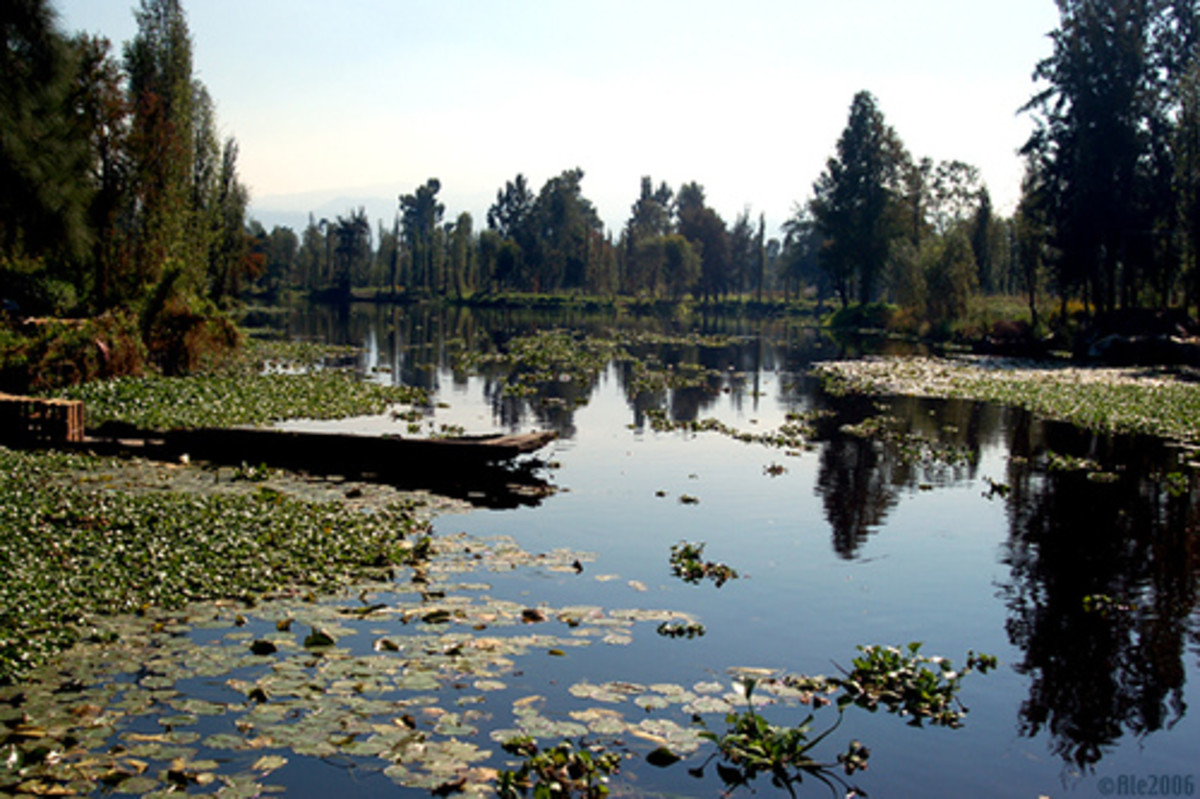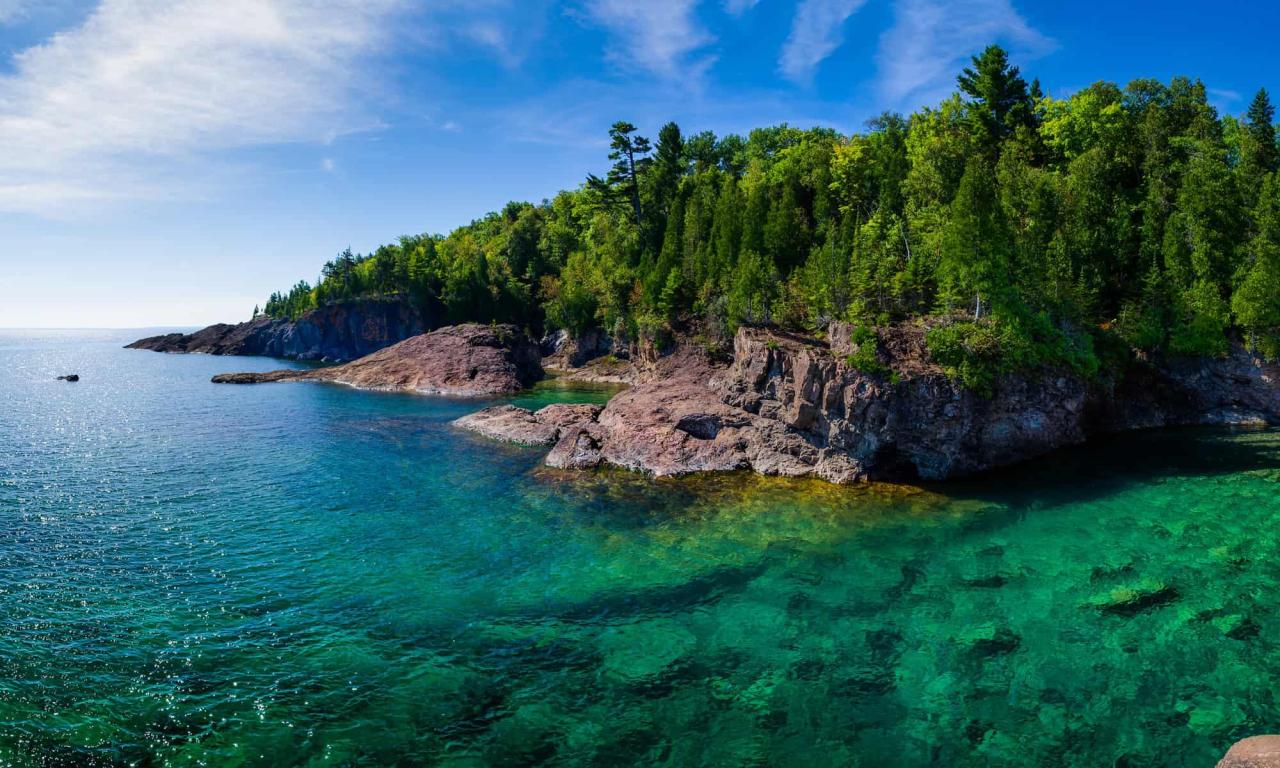Lake Erie, the shallowest of the Great Lakes, holds a unique place in North America’s history and ecology. It’s a vibrant ecosystem, a vital economic resource, and a beloved recreational destination, all while facing significant environmental challenges. This exploration delves into the depths of Lake Erie’s diverse facets, revealing its beauty, its importance, and its resilience.
From its glacial origins to its current role in supporting a rich biodiversity, Lake Erie’s story unfolds through its geography, its ecology, its economic significance, and its rich history. We’ll explore the impact of human activity on the lake, examining both the challenges and the solutions that are shaping its future.
Lake Erie Geography
Lake Erie, the fourth largest of the Great Lakes, is a prominent feature in the geography of North America. Its location, size, and depth play a significant role in the region’s ecosystem, economy, and history.
Physical Characteristics
Lake Erie is situated on the border between Canada and the United States, with its southern and western shores belonging to the U.S. states of Ohio, Pennsylvania, and New York, and its northern shore to the Canadian province of Ontario.
It is the shallowest of the Great Lakes, with an average depth of 62 feet (19 meters) and a maximum depth of 210 feet (64 meters). Despite its shallowness, Lake Erie boasts a large surface area of 9,910 square miles (25,667 square kilometers), making it the eleventh largest lake in the world.
Tributaries and Outlets
Lake Erie receives water from numerous tributaries, including the Detroit River, the Maumee River, the Grand River, and the Cuyahoga River. The Detroit River connects Lake Erie to Lake Huron, while the Niagara River is the sole outlet, carrying water from Lake Erie to Lake Ontario and ultimately to the Atlantic Ocean.
Geological History
Lake Erie’s geological history is intricately linked to the glacial activity that shaped the Great Lakes region. During the Pleistocene epoch, massive ice sheets covered the area, carving out vast depressions that would later fill with meltwater, forming the Great Lakes.
Lake Erie’s formation is believed to have occurred approximately 14,000 years ago, when the retreating glaciers left behind a large, shallow basin. Over time, the lake has undergone various changes in size and shape, influenced by glacial activity, erosion, and sedimentation.
Lake Erie Ecology
Lake Erie is home to a diverse and vibrant ecosystem, characterized by a unique blend of flora and fauna that have adapted to its specific conditions. The lake’s shallowness and nutrient-rich waters support a thriving food web, attracting a variety of species.
Ecosystem Diversity
- Flora:Lake Erie’s waters are teeming with various aquatic plants, including algae, phytoplankton, and submerged vegetation. These plants provide habitat and food for numerous aquatic organisms and play a crucial role in the lake’s oxygen production.
- Fauna:The lake’s ecosystem supports a wide range of fish species, including walleye, yellow perch, bass, and trout. Other notable inhabitants include amphibians, reptiles, birds, and mammals, such as muskrats, beavers, and mink.
Challenges to the Ecosystem
Despite its natural abundance, Lake Erie faces numerous challenges that threaten its ecological balance. These include:
- Pollution:Runoff from agricultural fields, urban areas, and industrial facilities carries pollutants into the lake, including fertilizers, pesticides, and heavy metals. These pollutants can lead to algal blooms, oxygen depletion, and harm to aquatic life.
- Invasive Species:The introduction of non-native species, such as zebra mussels and quagga mussels, has had a significant impact on Lake Erie’s ecosystem. These invasive species outcompete native species for resources and can disrupt the food web.
- Climate Change:Climate change is altering Lake Erie’s water temperature, precipitation patterns, and ice cover, which can affect the lake’s water quality, fish populations, and overall ecosystem health.
Conservation Efforts
Recognizing the importance of protecting Lake Erie’s ecosystem, various conservation efforts are underway. These include:
- Water Quality Monitoring:Agencies and organizations regularly monitor Lake Erie’s water quality to track pollution levels and identify areas of concern.
- Habitat Restoration:Projects are underway to restore and enhance habitats for fish and wildlife, such as planting native vegetation and creating artificial reefs.
- Invasive Species Management:Efforts focus on preventing the spread of invasive species and controlling their populations to minimize their impact on the ecosystem.
Lake Erie Economy
Lake Erie plays a vital role in the regional economy, contributing significantly to various sectors, including shipping, fishing, and tourism. Its location and resources have fostered economic development and provided livelihoods for generations.
Economic Importance
- Shipping:Lake Erie serves as a major transportation route for goods, connecting industrial centers in the Midwest to international markets. The lake’s shallow depth and numerous ports facilitate the movement of various commodities, including agricultural products, manufactured goods, and raw materials.
- Fishing:The lake’s abundant fish populations support a commercial fishing industry, providing employment and contributing to the local food supply. Popular catches include walleye, yellow perch, and bass, which are enjoyed by both commercial and recreational anglers.
- Tourism:Lake Erie’s scenic beauty and recreational opportunities attract millions of visitors each year. The lake’s shores are dotted with resorts, campgrounds, marinas, and other tourist attractions, generating revenue and supporting local businesses.
Impact of Industries
While Lake Erie’s resources contribute to the economy, industrial activities can also have a negative impact on its water quality and ecosystem. Industrial pollution, including runoff from factories and power plants, can introduce harmful substances into the lake, affecting aquatic life and water quality.
Economic Benefits and Challenges of Recreation
Tourism and recreation bring economic benefits to the region, but they also pose challenges. The influx of visitors can strain local infrastructure, increase traffic congestion, and contribute to environmental degradation. Managing these challenges while maximizing the economic benefits of tourism is crucial for the sustainable development of Lake Erie’s recreational resources.
Lake Erie History
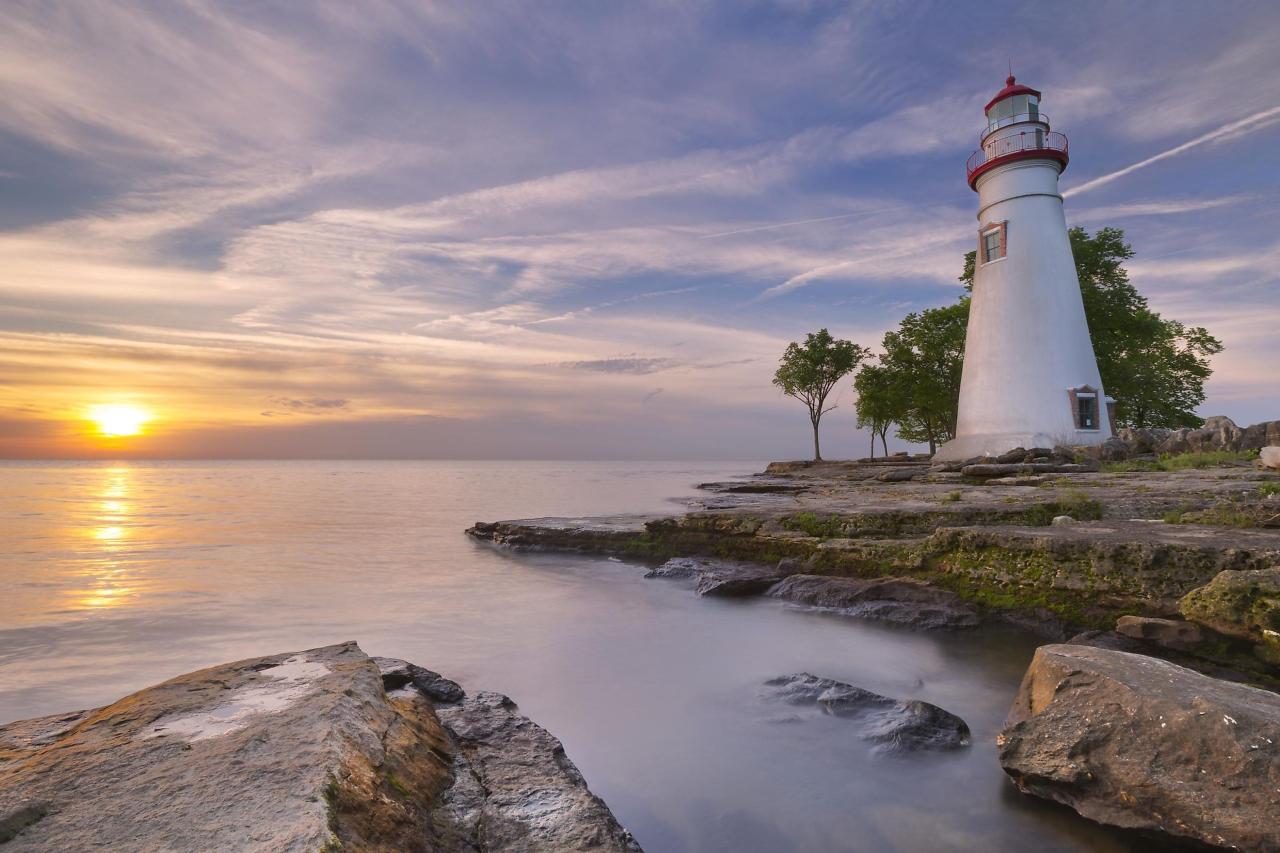
Lake Erie’s history is rich and diverse, spanning centuries and encompassing the stories of Native American cultures, European exploration, and pivotal events in North American history. The lake has witnessed the rise and fall of civilizations, the clash of empires, and the evolution of human settlements.
Native American Cultures
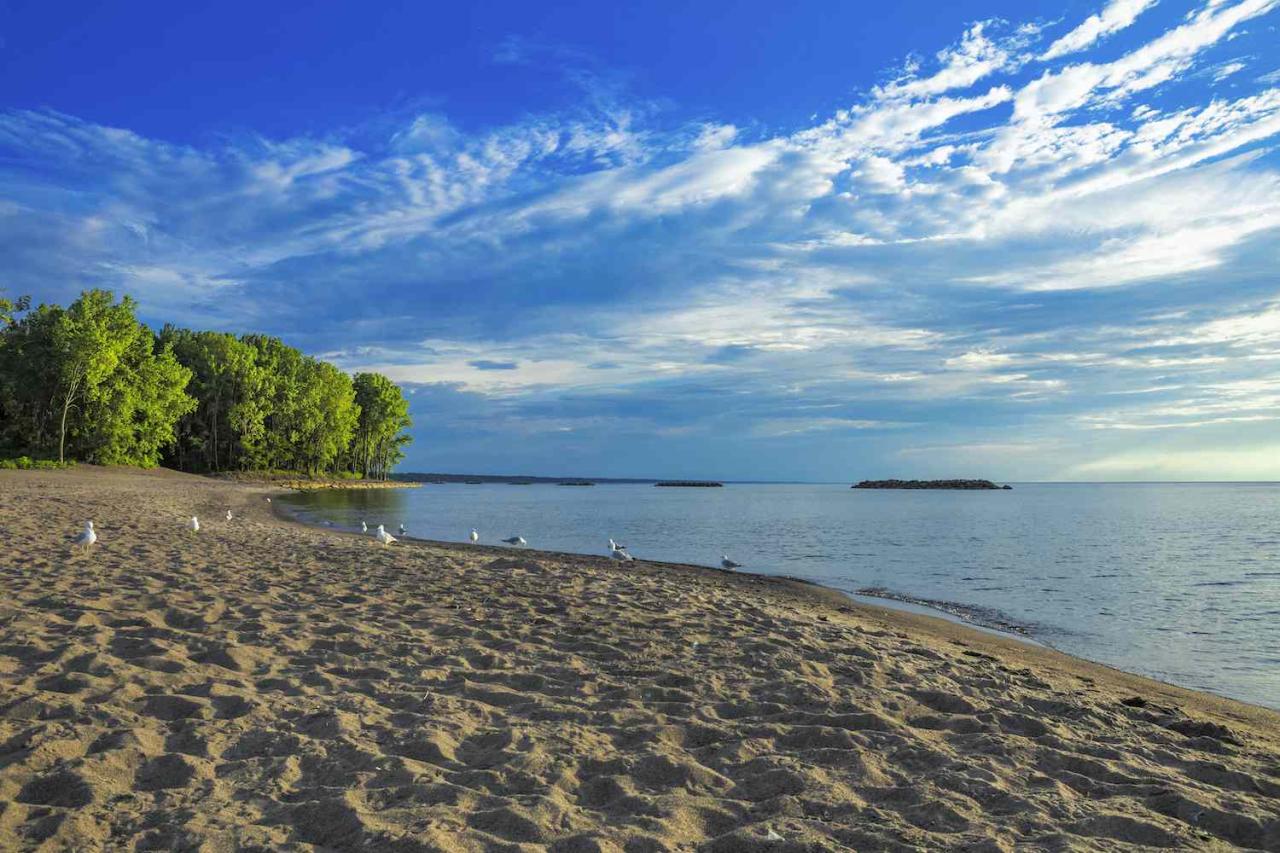
Long before European arrival, the shores of Lake Erie were inhabited by various Native American tribes, including the Erie, the Seneca, and the Wyandot. These tribes relied on the lake’s resources for sustenance, transportation, and trade. They developed sophisticated fishing techniques, built settlements along the lake’s shores, and engaged in trade networks that extended throughout the Great Lakes region.
European Exploration
European explorers, seeking new trade routes and territories, began exploring Lake Erie in the 17th century. French explorers, such as Samuel de Champlain and René-Robert Cavelier, Sieur de La Salle, were among the first Europeans to navigate the lake. Their explorations opened the region to European influence, leading to the establishment of trading posts and settlements.
War of 1812, Lake erie
Lake Erie played a pivotal role in the War of 1812, a conflict between Great Britain and the United States. The Battle of Lake Erie, fought on September 10, 1813, was a decisive victory for the American forces under the command of Oliver Hazard Perry.
This victory secured control of the lake for the Americans, giving them a strategic advantage in the war.
Evolution of Settlements
Following the War of 1812, the region around Lake Erie experienced rapid growth and development. Settlements sprang up along the lake’s shores, fueled by agricultural expansion, industrial development, and the growth of shipping and trade. The lake’s abundant resources and strategic location made it a hub of economic activity, attracting settlers from across North America.
Lake Erie Recreation
Lake Erie offers a wide range of recreational opportunities, attracting outdoor enthusiasts and nature lovers from across the region. From boating and fishing to swimming and wildlife viewing, the lake provides a diverse array of activities for all ages and interests.
Popular Activities
- Boating:Lake Erie’s vast waters are ideal for boating, with opportunities for sailing, power boating, and kayaking. Numerous marinas and boat launches provide access to the lake, catering to both casual boaters and experienced sailors.
- Fishing:Lake Erie is renowned for its excellent fishing, attracting anglers from far and wide. The lake’s diverse fish populations, including walleye, yellow perch, bass, and trout, offer exciting fishing opportunities.
- Swimming:The lake’s warm waters and sandy beaches make it a popular destination for swimming, especially during the summer months. Numerous public beaches along the lake’s shores provide safe and enjoyable swimming experiences.
- Wildlife Viewing:Lake Erie’s shores and surrounding wetlands provide habitat for a wide variety of birds, including migratory waterfowl, raptors, and songbirds. Birdwatching is a popular activity, offering opportunities to observe a diverse array of feathered friends.
Popular Destinations
Lake Erie’s shores are dotted with numerous popular destinations, each offering unique attractions and experiences. Some of the most notable include:
- Put-in-Bay, Ohio:This island community is a popular tourist destination, known for its historic landmarks, lively nightlife, and beautiful beaches.
- Cedar Point, Ohio:Home to a world-famous amusement park, Cedar Point is a major tourist attraction, offering thrilling rides, entertainment, and family-friendly activities.
- Presque Isle State Park, Pennsylvania:This park features scenic beaches, hiking trails, and diverse wildlife, providing a tranquil escape from the hustle and bustle of city life.
- Point Pelee National Park, Canada:Located at the southernmost point of mainland Canada, this park boasts a unique ecosystem and is a popular destination for birdwatching and nature walks.
Impact of Tourism
Tourism plays a significant role in the economy of the region surrounding Lake Erie. The influx of visitors supports local businesses, generates revenue, and creates employment opportunities. However, tourism also poses challenges, including the potential for environmental degradation, increased traffic congestion, and strain on local infrastructure.
Balancing the economic benefits of tourism with the need to protect the lake’s environment is a crucial aspect of managing Lake Erie’s recreational resources.
Lake Erie Challenges
Despite its beauty and economic importance, Lake Erie faces a number of challenges that threaten its health and sustainability. These challenges stem from a combination of human activities, natural processes, and climate change, requiring concerted efforts to address them.
Water Quality Issues
- Algal Blooms:Excessive nutrient runoff from agricultural fields and urban areas can fuel the growth of harmful algal blooms, which can deplete oxygen levels in the water, harming fish and other aquatic life.
- Pollution:Industrial discharges, sewage overflows, and runoff from roads and parking lots can introduce pollutants into the lake, impacting water quality and posing health risks to humans and wildlife.
- Eutrophication:The excessive input of nutrients can lead to eutrophication, a process that can cause excessive plant growth, oxygen depletion, and the degradation of water quality.
Invasive Species
- Zebra Mussels and Quagga Mussels:These invasive species have had a significant impact on Lake Erie’s ecosystem, outcompeting native species for food and habitat, and altering the food web.
- Round Goby:This invasive fish species has become a dominant predator in Lake Erie, impacting native fish populations and altering the ecosystem.
Climate Change
- Increased Water Temperatures:Rising air temperatures are causing water temperatures in Lake Erie to increase, which can affect fish populations, algal blooms, and overall ecosystem health.
- Changes in Precipitation Patterns:Shifts in precipitation patterns can lead to more frequent and intense rainfall events, increasing the risk of nutrient runoff and pollution.
- Reduced Ice Cover:Declining ice cover in Lake Erie can affect water temperatures, fish spawning, and the timing of spring blooms.
Addressing Challenges
Addressing the challenges facing Lake Erie requires a collaborative effort involving government agencies, businesses, and communities. Key initiatives include:
- Reducing Nutrient Runoff:Implementing best management practices in agriculture, upgrading wastewater treatment plants, and controlling urban runoff can help reduce nutrient loads entering the lake.
- Managing Invasive Species:Preventing the spread of invasive species through ballast water management, monitoring for new introductions, and developing control strategies are essential.
- Climate Change Mitigation:Reducing greenhouse gas emissions and adapting to the effects of climate change are crucial for protecting Lake Erie’s ecosystem.
- Public Awareness and Education:Raising public awareness about the challenges facing Lake Erie and promoting responsible practices can foster community engagement and support for conservation efforts.
Wrap-Up
Lake Erie stands as a testament to the interconnectedness of nature and human activity. Its challenges, from pollution to invasive species, are reminders of the need for responsible stewardship. Yet, amidst these challenges, there’s a remarkable spirit of conservation and a growing awareness of the importance of preserving this vital ecosystem.
The future of Lake Erie, like the future of all our Great Lakes, rests on our collective commitment to ensuring its health and prosperity for generations to come.


